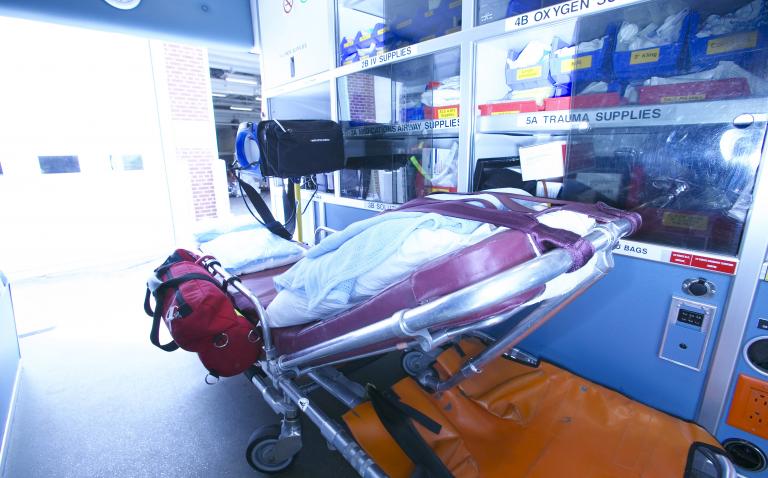Pre-hospital emergency care in the form of ambulances is one of the key factors improving the quality of healthcare across Europe, according to a new report from industry research firm Frost & Sullivan.
As emergency cases are on the rise due to epidemiological reasons, accidents and terrorist activities, ambulance services are being accorded high priority by healthcare providers. To ensure efficiency and enhance ambulance services, providers need to increase the number of vehicles, impart proper training and incorporate technologically advanced devices in ambulances.
The report, Ambulances Services Market in Europe, provides insights into ambulances services, vehicle types and air ambulance services.
“The future of the ambulances services market in Europe will be determined principally by healthcare initiatives in individual countries,” notes Frost & Sullivan. “As the incidence of heart attacks, strokes and road accidents rises, the onus of providing rapid and efficient patient treatment falls on healthcare authorities.”
Ambulance services offer immediate medical care in case of emergencies. As the incidence of emergencies rises, it is imperative for healthcare systems to ensure proper and efficient medical care at the site of the incident or on the way to the emergency department. Healthcare systems across Europe have realised the importance of a well-developed ambulance system – including land-, air- and boat-based emergency services.
Efforts are ongoing to enhance such services with additional staff training and the inclusion of advanced technologies.
Healthcare authorities are aware of the importance of having a highly developed ambulance service. However, the sector is plagued by complex legislation and regulations at regional levels, usually related to ambulance equipment and staff requirements/training.
In addition, advanced technologies such as telemedicine and GIS are dependent on regional regulations, making it harder for their effective integration with ambulances.
“It is important for healthcare systems to focus on providing immediate relief to patients, rather than make changes to regulations,” states Frost & Sullivan.
“As time is the most important factor in saving a patient’s life, incorporating advanced technologies will drastically reduce mortality rates.”
For medical device manufacturers, the best way to optimise the ambulance market for their products is to design their products such that they work durably within the rough environment of an ambulance.
“Medical devices are used within the ambulance while it is in motion, and hence more emphasis is given to features such as ruggedness, compactness, short start time and easy training,” concludes the Frost & Sullivan research. “Equally important is the ability to be hooked to an IT system or telemedicine network.”










